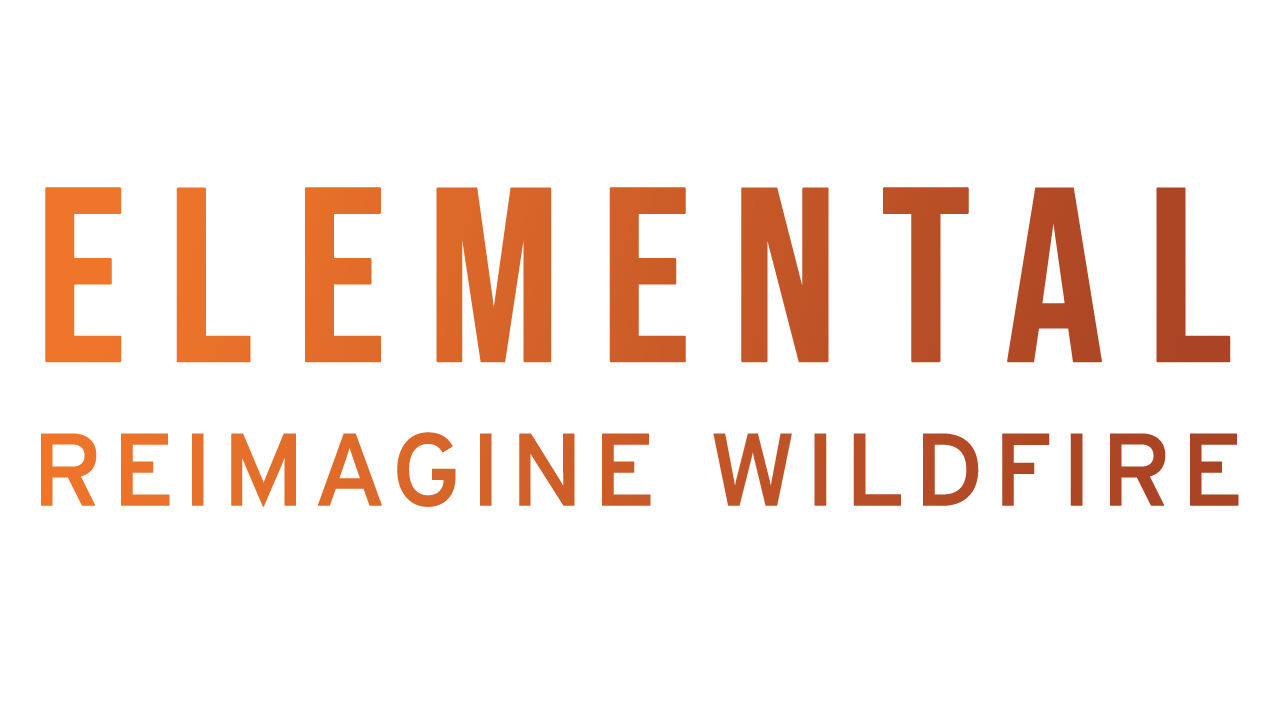
"Vegetation management can alter fire behavior and buy time for defensive activities, but fuel breaks generally don't stop fires on their own and are often unsafe for suppression in wind-driven fires."
- Alexandra Syphard, Ph.D., Conservation Biology Institute
Dr. Alexandra Syphard has surveyed over 40,000 homes that either survived or burned in California fires.
Map of regions analyzed for factors leading to large, structure-burning fires
Alexandra has spent over two decades analyzing landscape changes and wildfire risk in California. She primarily focuses on methods of reducing structure loss while conserving biodiversity, which she has integrated into a California homeowners insurance company’s home safety inspection procedures.
Her work shows that mitigating destruction of homes and communities by wildfires depends on more than just thinning areas of forest that are prone to wildfire.
Dr. Syphard’s work shows that vegetation closest to a structure has the greatest impact on its vulnerability to fire, and that altering vegetation more than 70 feet away does not have a significant impact.
What Makes Wildfires Destructive in California?
The geographical differences among regions and the variation of factors explaining the differences between large destructive and large non-destructive fires reflects the complexity inherent in decision-making for reducing wildfire risk. Land use planning to reduce future exposure of housing development to fire and increased focus on wildfire ignition prevention are two approaches with substantial potential.
Living With Fire Symposium, 2018





